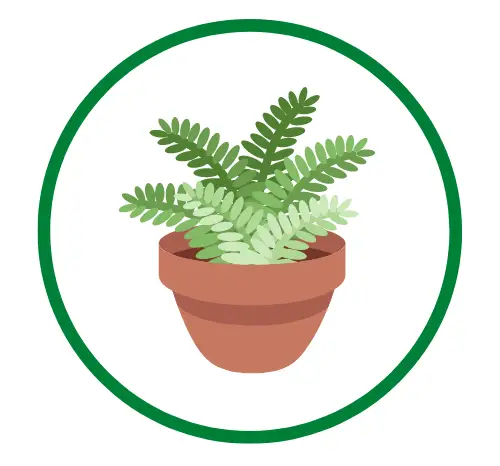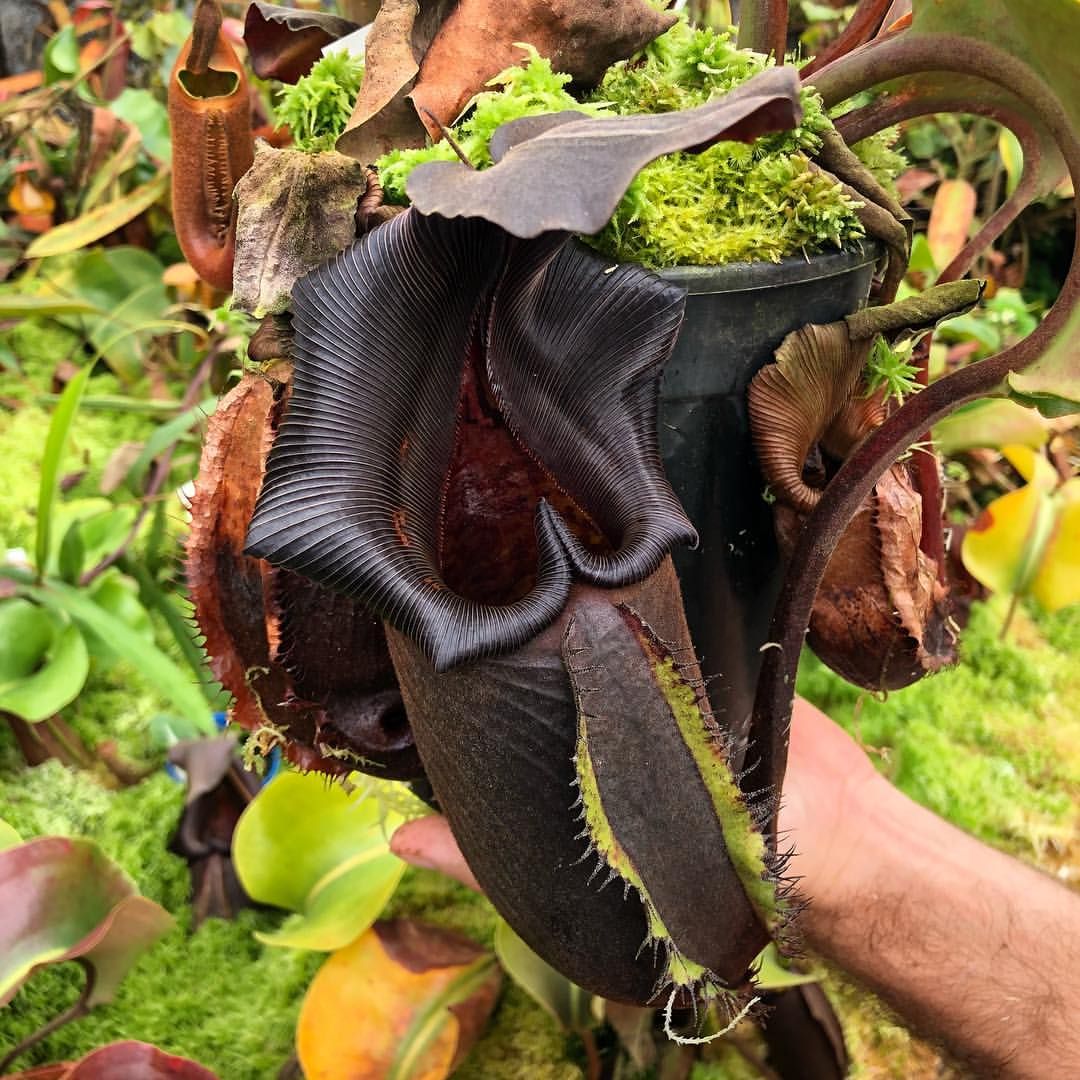TROPICAL PITCHER PLANT: NEPENTHES NEBULARUM

Nepenthes nebularum, a striking species from Mindanao in the Philippines, is a deep black color. Only in 2016 was this species first described. The pitchers also show signs of a very close kinship to Nepenthes tuncata and Nepenthes robcantleyi.
Nebularum is taken from the cloud forests that serve as this species’ home.
Truncate leaves and strong, wide pitchers with a broad, black peristome are features of N. nebularum. The wing bars on the pitchers are a light gray color.
A species that is appropriately desired and appealing for any highland setting.
Also read our guide Sarracenia – The Pitcher Plant – Best Review
NEPENTHES NEBULARUM: RARE, MYSTERIOUS AND UNIQUE!

One of the most amazing species to be described in the 20th century is Nepenthes nebularum! In the isolated highlands of southeast Mindanao in the Philippines, it was found in 2011 by Stewart McPherson.
Earlier descriptions of this species were made in 2016 by Geoff Mansell of Exotica Plants.
We had the opportunity to get up close and personal with the first authentic specimens that Geoff had grown in culture.
DEFINING CHARACTERISTICS
Nebularum nebularum stands apart from other species found in its natural habitat thanks to a few distinctive qualities, in our opinion. Below, we’ll list a few.
INTERESTING THINGS ABOUT Nepenthes Nebularum
The primary point of interest is the indumentum, which is copper in color and covers the majority of the plant. This velvety hair covers the petioles, tendrils, and pitchers. Nearly resembling a little animal, the leaf petioles! Petting them like a pet was fun. The fact that the plants in the wild develop as epiphytes at great heights in the trees makes them more vulnerable to drying out. Maybe keeping moisture near to the plants is made easier by this covering?
This species, as we’ve already noted, is mostly epiphytic and appears to have developed a technique to cling to host trees. Nebularum’s tendrils loop back toward the plant and form a “arm” that firmly anchors the plant in place. With other flora around them in the environment and the extremely strong tendrils on the plants we saw at Exotica, it was obvious how these plants would stay in place.

Small flower spikes
Nepenthes nebularum has tiny flower spikes, unlike truncata and Robcantleyi. Just this distinguishes them. Our research shows that truncata, Robcantleyi, and their hybrids all have enormous flower spikes. Other highland Nepenthes species also have similar tiny inflorescences, as well.

Morphological consistency
Although Nepenthes nebularum specimens we saw at Exotica varied slightly in terms of pitcher morphology, they were all uniform in terms of form and pitcher color. Below, you can see the various plants. Before it becomes darker, a pitcher is seen in the second picture. In person, the color is gorgeous.
CULTIVATION OF NEPENTHES NEBULARUM

The only person to date who has successfully cultivated this species to maturity is Geoff Mansell. He claims that they thrive in highland to intermediate conditions and prefer cooler growing environments. Additionally, they appear to be sensitive to strong light, and if given too much, they will spot up. We have a few samples, and in a few months we will divulge our methods. Less light is true up to this point!
Geoff has bred some of his plants with different species, and this will help us better understand how the Robcantleyi and truncata plants that grow next to them in the wild interact. Exotica Plants can breed plants much more quickly than the process that occurs in nature thanks to their ideal conditions and expertise. We’ll see how the genes behave.
The first commercial release of this incredibly fascinating species is something we are eagerly anticipating! We are pleased to share this article with you all because this plant is unique.

